
Along the Doi Canal in District 8, Ho Chi Minh City, there are about 10,000 homes slated for relocation.
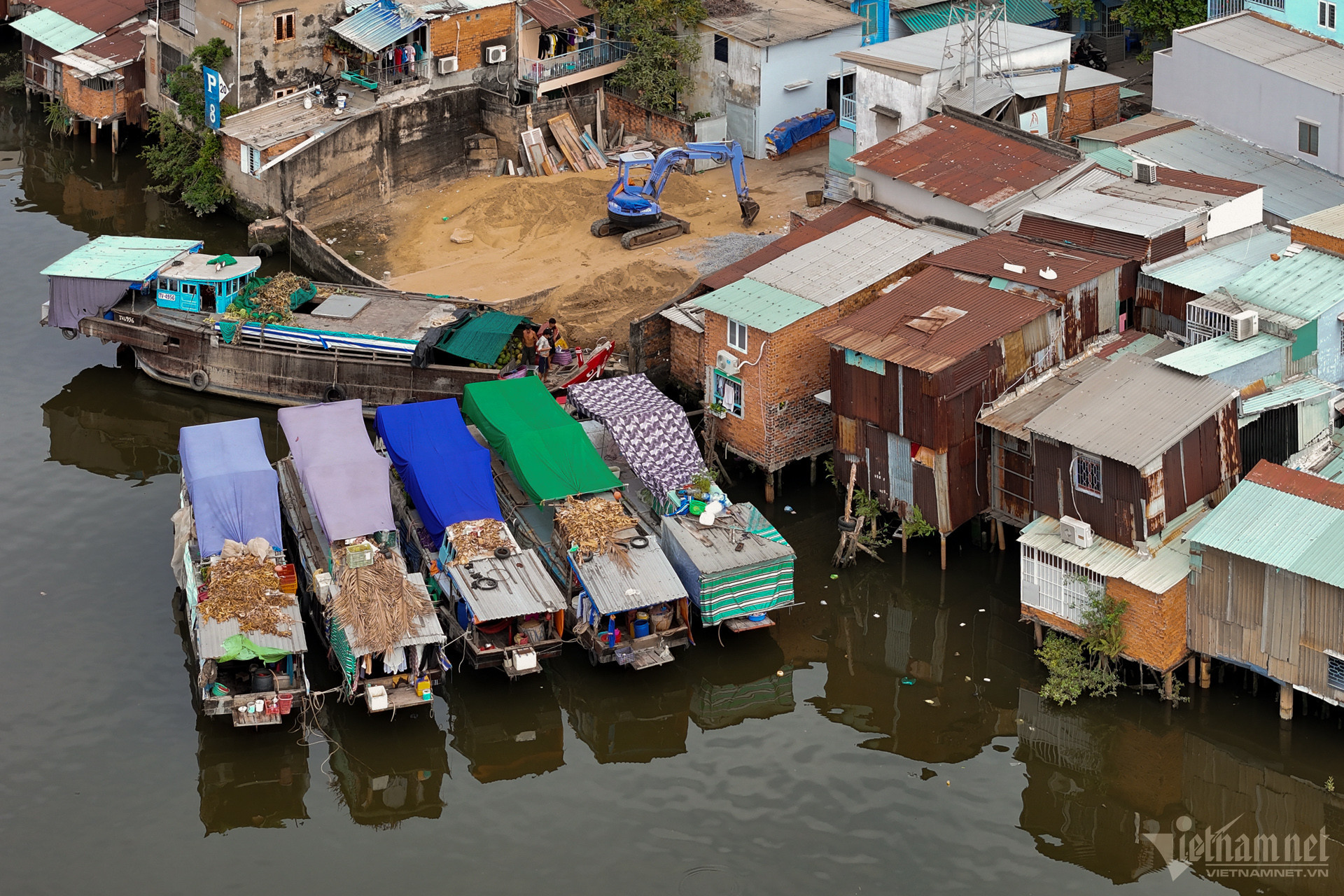
Most of these homes are makeshift structures built with wood and metal sheets, crowded together and encroaching on the canal.
 |
 |
Similarly, there are "slum" areas along the Xuyen Tam Canal from Binh Thanh District to Go Vap District.

An overview of the "slum" area along the Van Thanh Canal, Binh Thanh District.
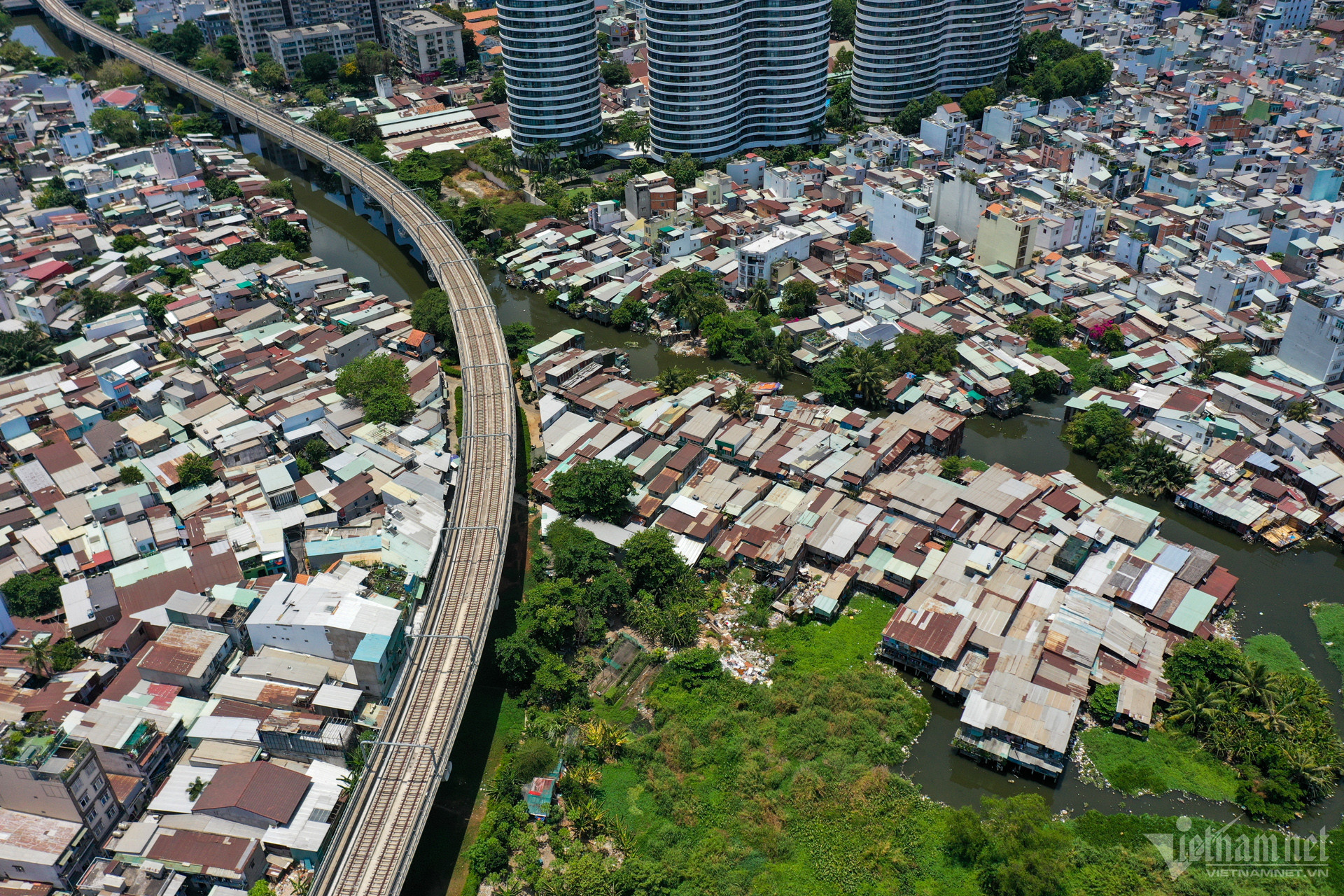
The image of the Ben Thanh - Suoi Tien Metro line passing through the "slum" area of the Van Thanh Canal. Surrounding it are high-rise buildings and bustling urban areas.
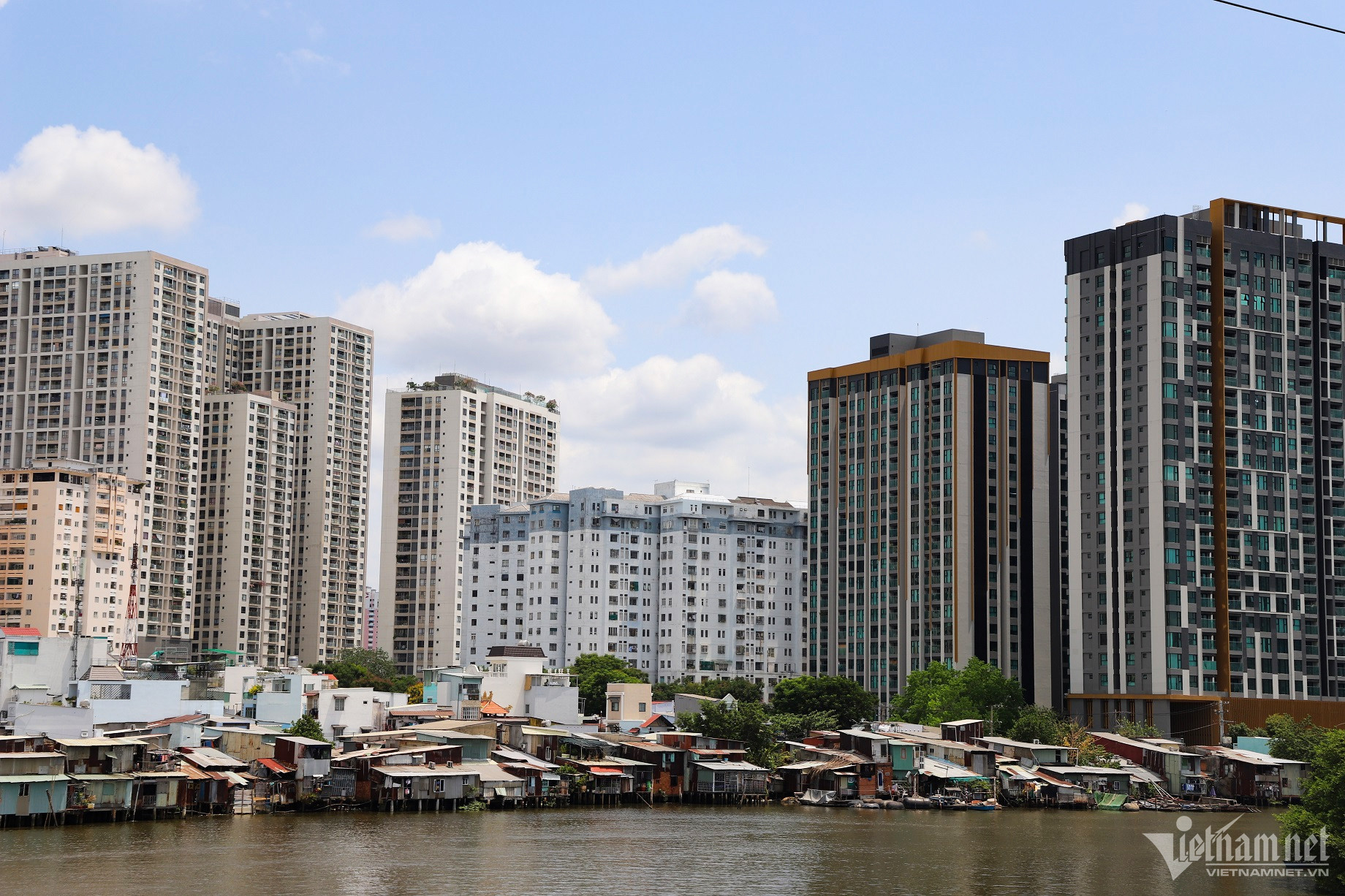
In District 4, there are also rows of "slum" houses encroaching on the Te Canal.
 |
 |
Many houses encroach on the flow, with extensions built over the water, causing the canal to be surrounded by trash and debris.
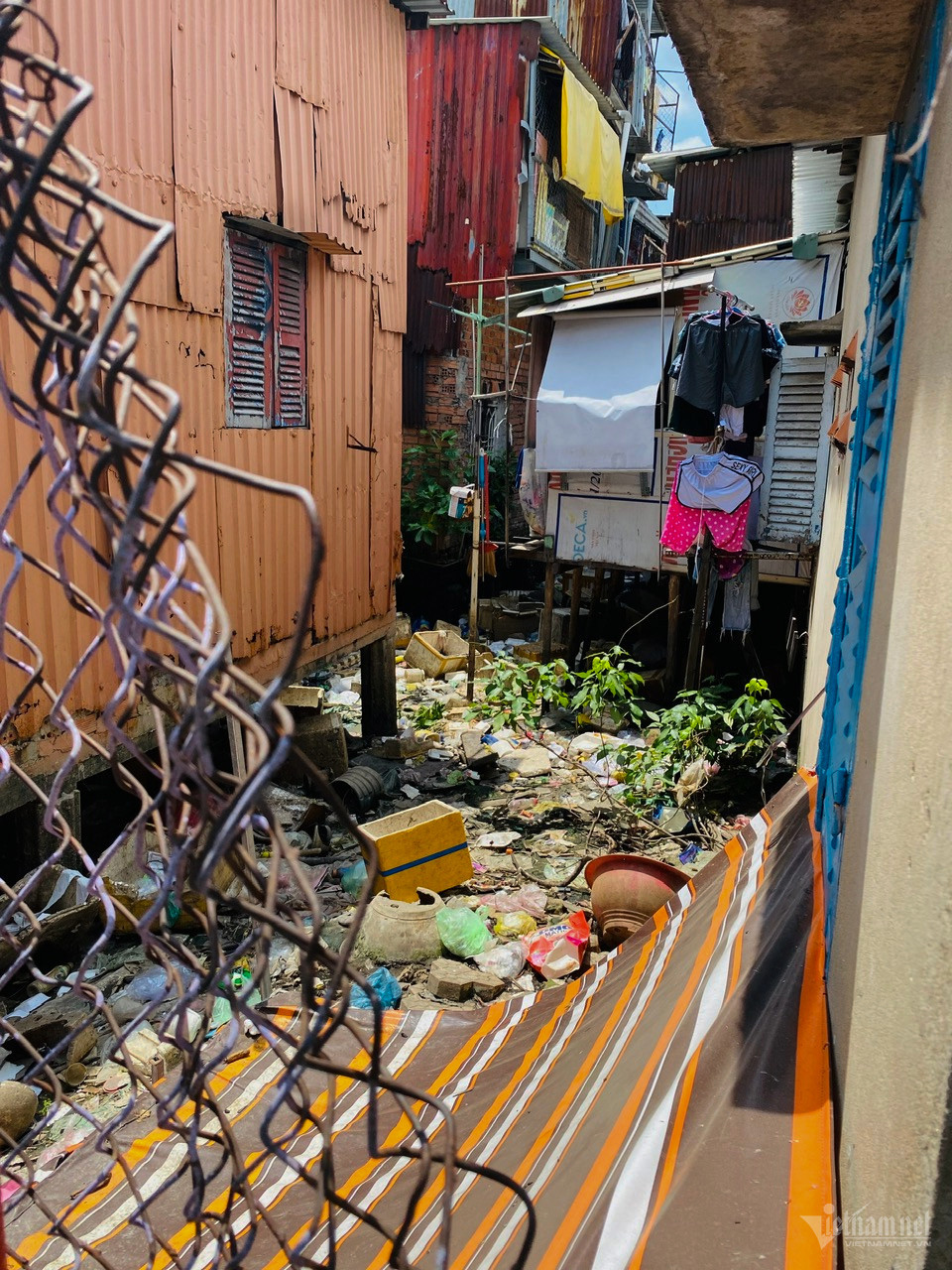
The cramped, damp, and foul-smelling environment is palpable to anyone visiting these areas.
 |
 |
 |
 |
Residents living in these "slum" areas constantly worry about landslides, waterway traffic collisions, poor living conditions, and disease risks.
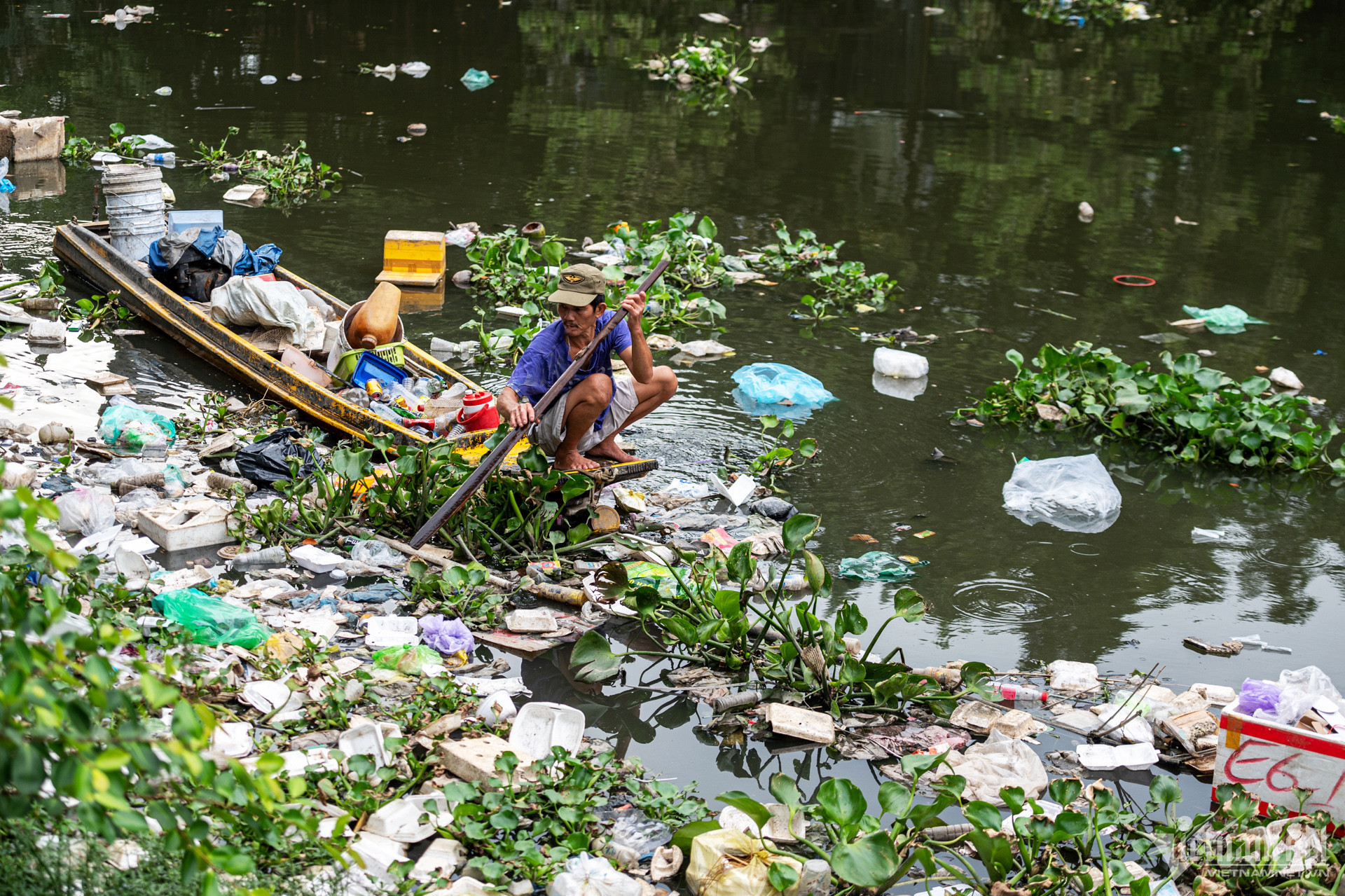
According to a report by the HCM City Department of Construction, the city has five main canals totaling more than 105 kilometers within the inner city, providing drainage for an area of 14,200 hectares. However, this system is increasingly narrowing and polluted.
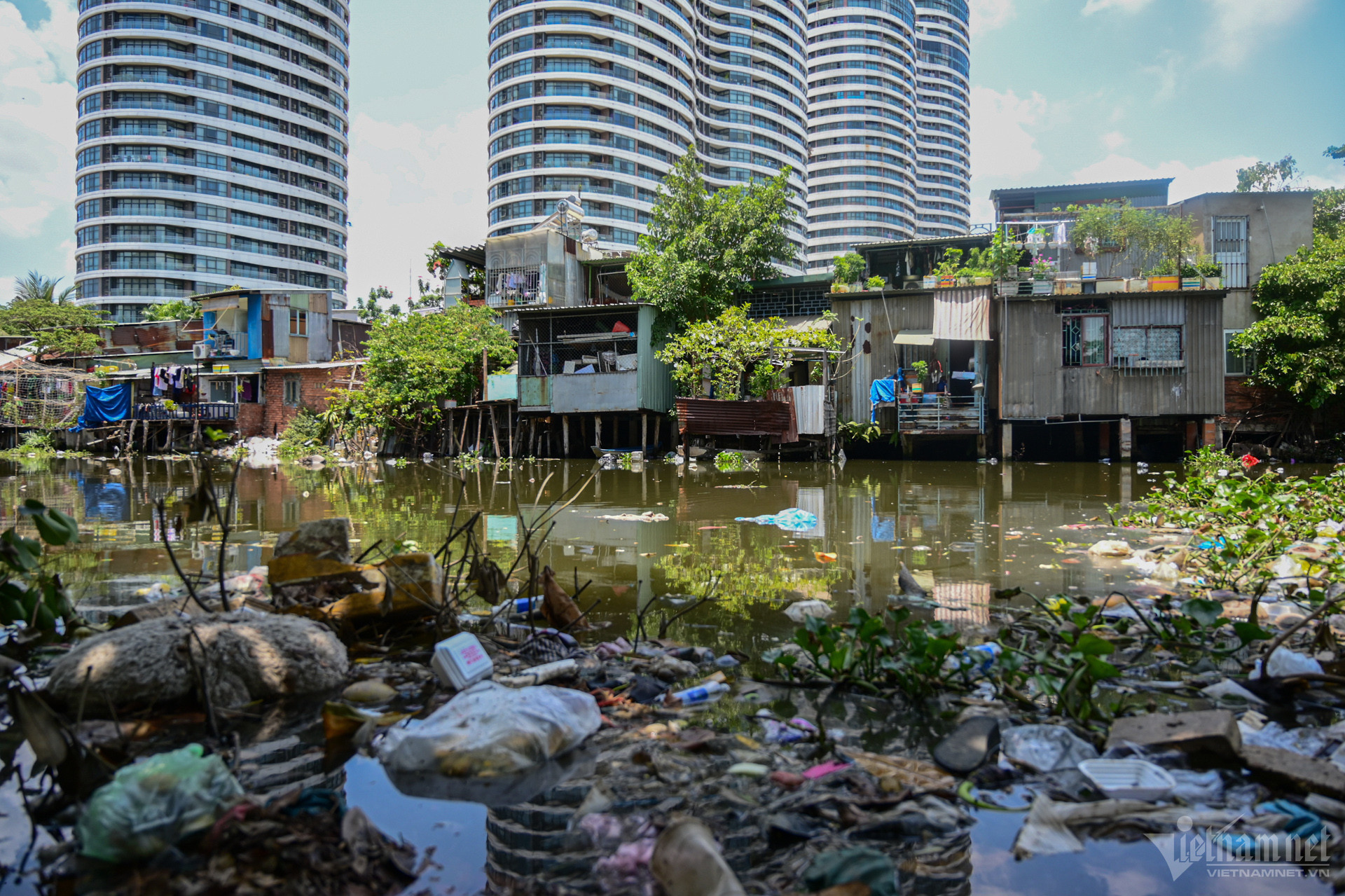
Since 1993, Ho Chi Minh City has been relocating homes along and on canals to improve the environment and urban landscape, but the relocation process has been slow.
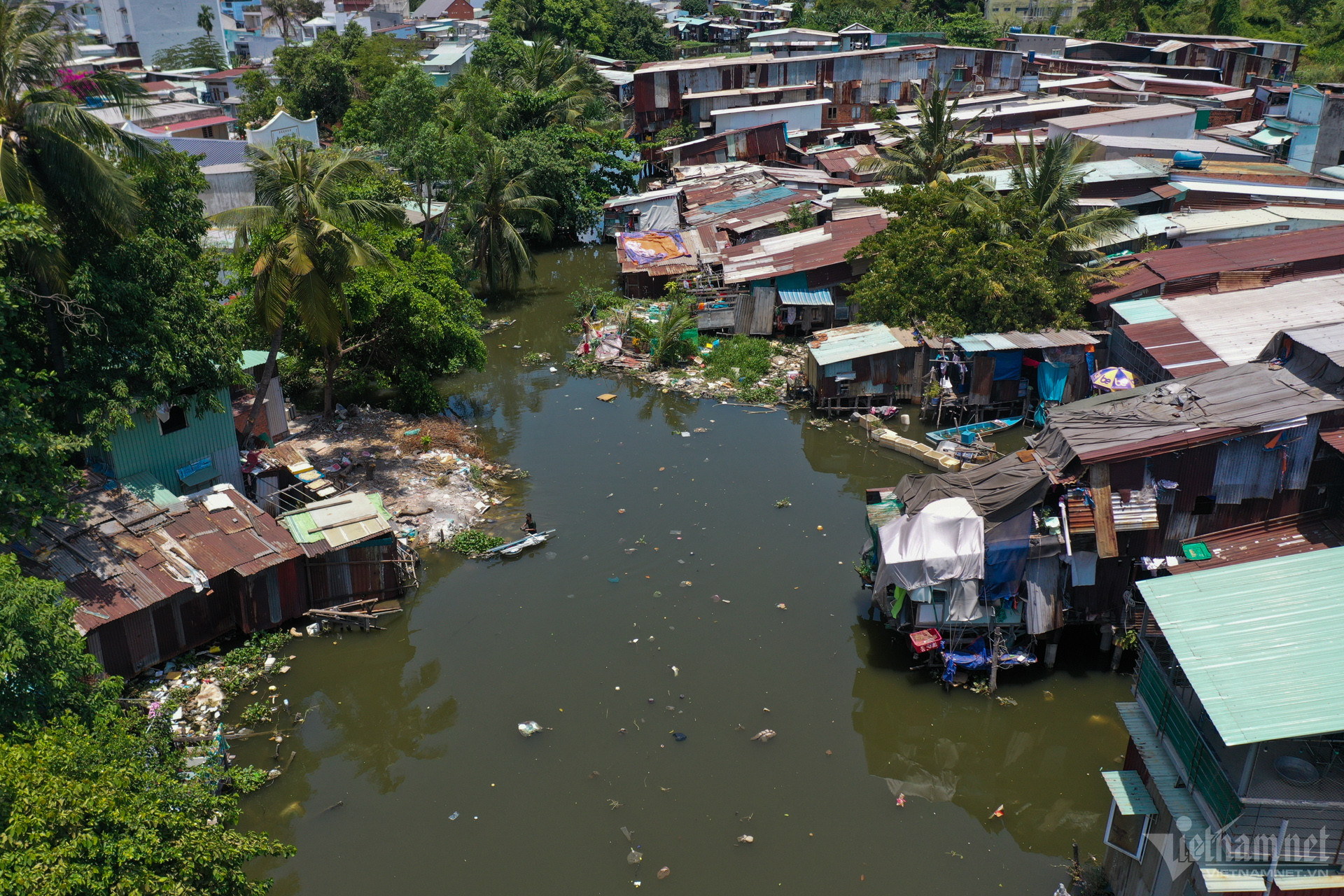
From 1993 to 2020, Ho Chi Minh City relocated more than 38,185 out of over 65,000 homes that needed to be relocated; from 2021 to 2025, the city relocated only 2,867 homes out of a target of 6,500. The challenges include compensation difficulties, as residents often lack proper housing or resettlement conditions, and complex legal issues regarding property ownership and inheritance.
Nguyen Hue - Tuan Kiet